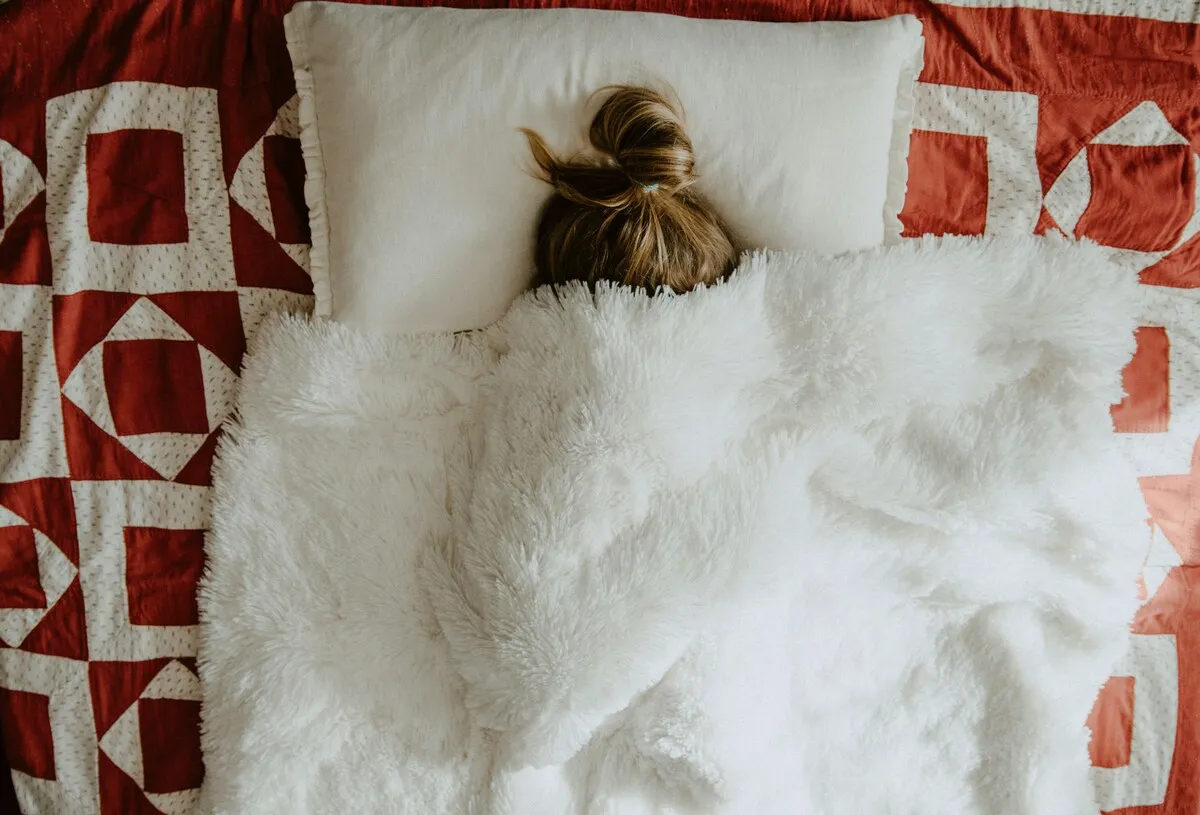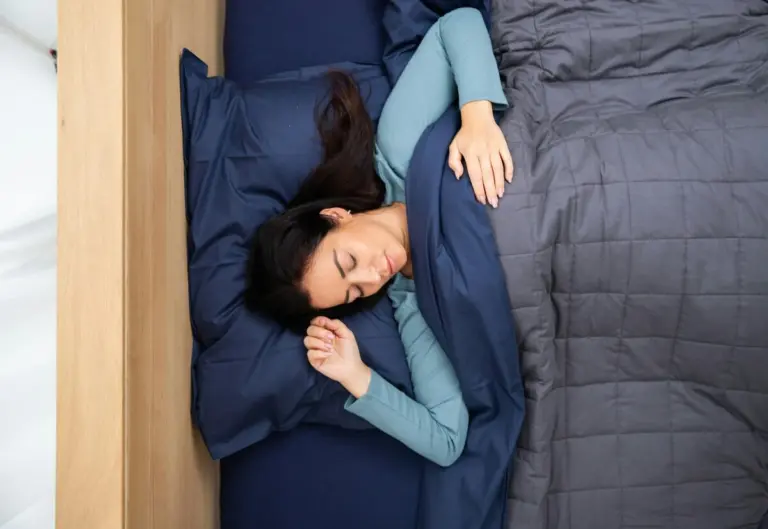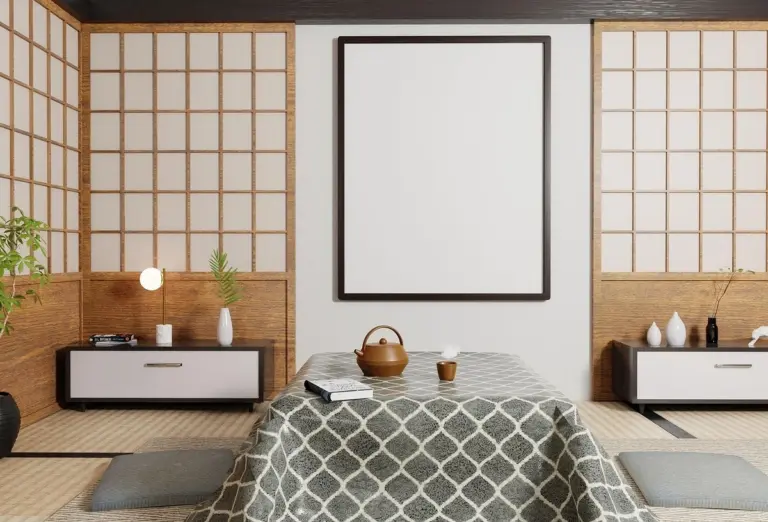Best Japanese Futon Mattresses for Different Sleepers: Side, Back & Stomach Sleepers
Choosing the Best Japanese Futon Mattress for Your Sleeping Style
A Japanese futon (shikibuton) is simple, breathable, and adaptable to different sleeping positions. However, the ideal futon differs depending on whether you sleep on your side, back, or stomach. Choosing the right thickness and firmness can lead to deeper, more restorative sleep—while the wrong choice can cause morning stiffness.
Key Factors in Choosing a Japanese Futon Mattress
- Thickness: Traditional futons are about 2.5–3 inches (6–8 cm). Thicker futons can reach around 10 cm for extra cushioning.
- Material: Cotton filling offers natural breathability, while polyester blends are lightweight and easier to maintain.
- Support: A good futon should keep your spine aligned and evenly distribute body weight.
- Climate: Cotton futons are highly breathable, making them ideal for hot, humid environments.
Best Futons for Side Sleepers

Side sleepers often feel pressure on the shoulders and hips. A thicker futon or a standard futon paired with a topper provides the right balance of comfort and support.
- EMOOR Thick Model Shikibuton: Extra loft helps relieve pressure.
- Fuli Cotton Futon with Topper: Traditional cotton feel with added cushioning.
Best Futons for Back Sleepers
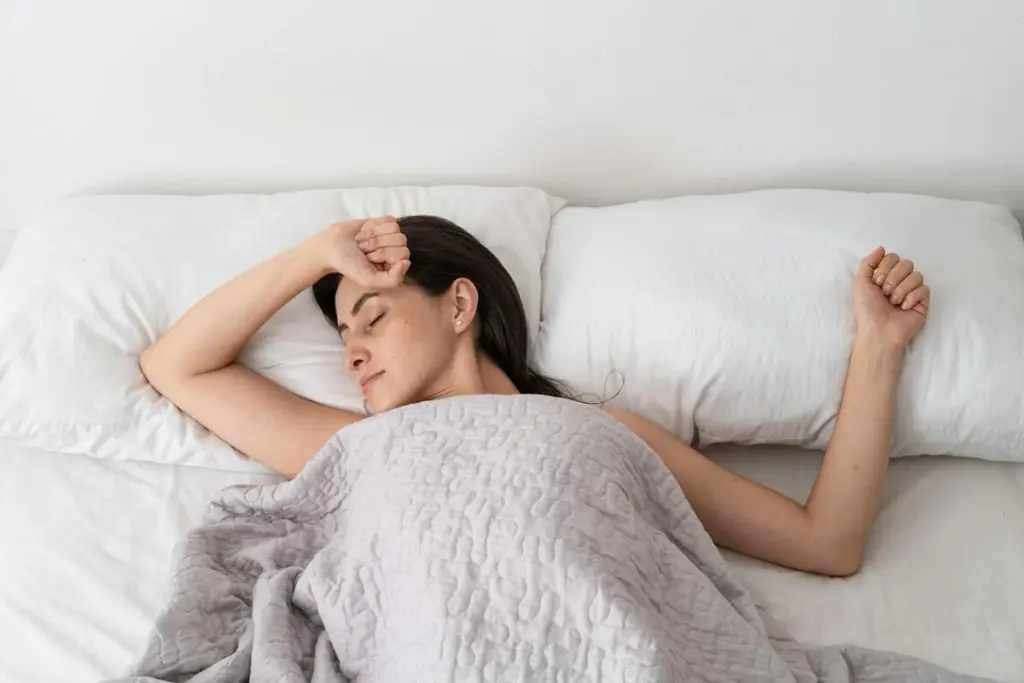
Back sleeping is where Japanese futons excel. A standard-thickness, firmer futon supports the spine naturally and prevents sinking.
- MORIRIN Futon Mattress (Standard 6–7 cm): Balanced support for daily use.
- EMOOR Basic Shikibuton: Simple and firm, trusted for back sleepers.
Best Futons for Stomach Sleepers
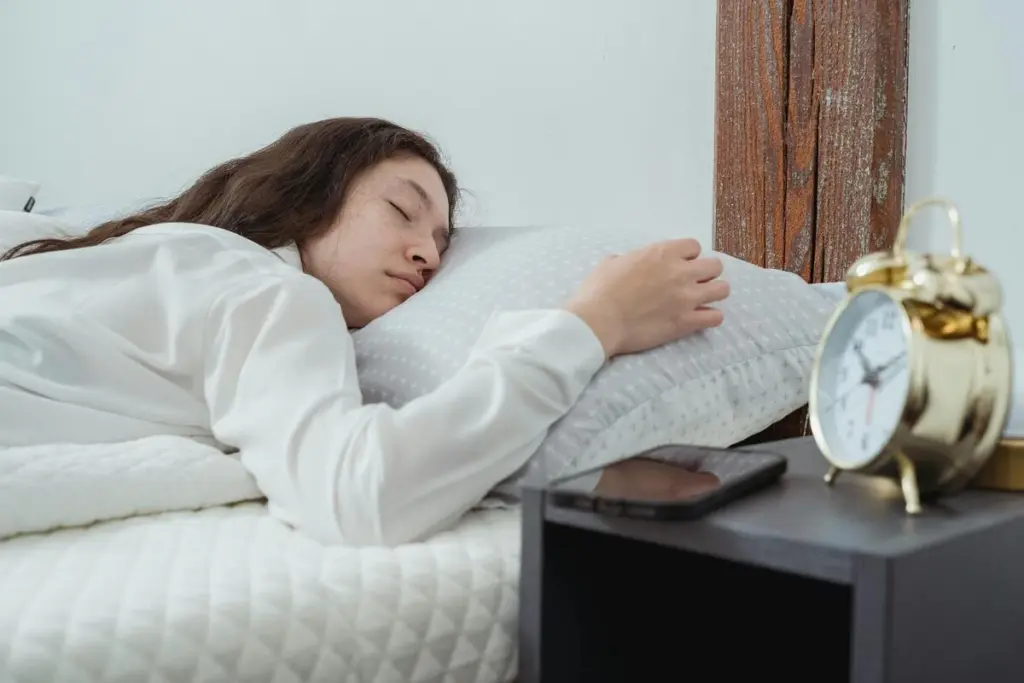
Stomach sleepers should avoid too much sinking, which strains the lower back. A thinner, firmer futon works best.
- Fuli Traditional Japanese Futon: Firm cotton support prevents sagging.
- Cotton/Polyester Blend Futon (Amazon): Affordable, firm enough for short-term use.
Additional Tips for Maximum Comfort
- Use a topper or pad: Adds cushioning, especially helpful for side sleepers.
- Rotate and sun-dry regularly: Maintains loft and keeps the futon hygienic.
- Pick the right pillow: A low-profile or buckwheat pillow helps align the spine.
Comparison Table
| Sleeping Position | Recommended Type | Key Benefit | Example Products |
|---|---|---|---|
| Side Sleepers | Thick futon or futon+topper | Relieves pressure on shoulders/hips | – EMOOR Thick Model Shikibuton – Fuli Cotton Futon with Topper |
| Back Sleepers | Standard thickness (6–7 cm), firm | Supports spine, prevents sinking | – MORIRIN Futon Mattress (6–7 cm) – EMOOR Basic Shikibuton |
| Stomach Sleepers | Thin, firm futon | Prevents sinking, reduces back strain | – Fuli Traditional Japanese Futon – Cotton/Polyester Blend Futon (Amazon) |
Conclusion
The best Japanese futon depends on your sleeping style. Side sleepers benefit from thicker futons or toppers, back sleepers do best with standard firm futons, and stomach sleepers need thin, firm futons to avoid back strain. By matching your futon to your sleeping style, you’ll experience the minimalist comfort and restorative sleep that Japanese futons are known for.
